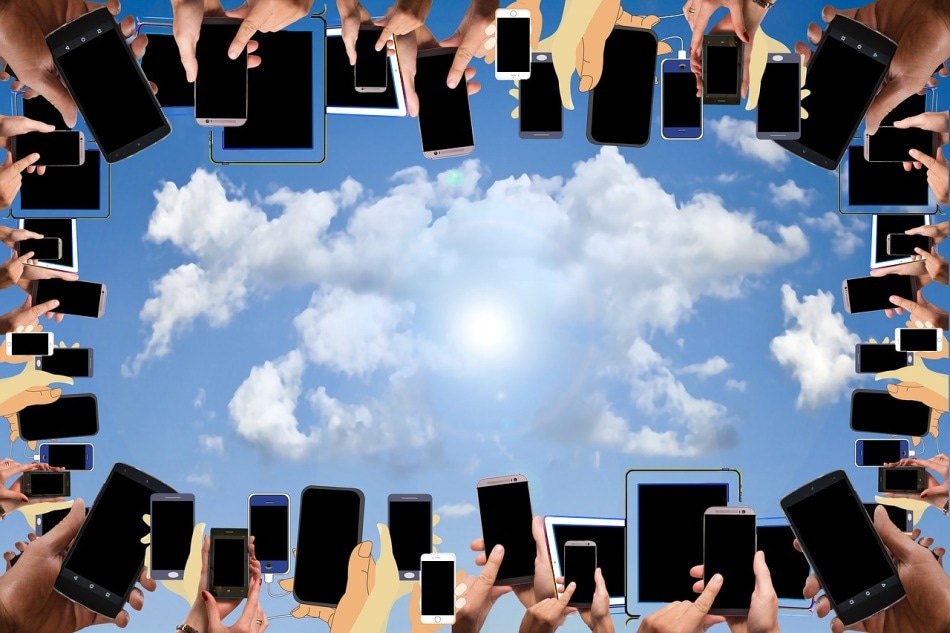Jul 2 2019
A team of scientists from Universidad Politécnica de Madrid (UPM) in partnership with other research centers has conducted a diagnosis and examination of the quality of the air human’s breathe in cities based on population dynamics from mobile phone data.
 Credit: pixabay
Credit: pixabay
The extensive use of this kind of device in everyday life allows researchers to gather a large amount of geolocation data and consequently its real exposure to air pollution during the course of a day. Owing to this new technique, scientists have evaluated the mobility patterns of citizens and have predicted their real-time exposure to this kind of pollution.
Air pollution is one of the biggest challenges that face cities today and enhancing the quality of air is an emergency need to lower negative health effects. So as to efficiently assess which are the most suitable policies to reduce the influence of urban pollution sources (such as road traffic), it is vital to carry out stringent population exposure assessments.
Traditionally, research concerning population exposure to air pollution utilizes census data. Therefore, these studies assume that the effects of air pollution rely on the quality of air of the city point where each person's home is situated.
A research performed by several members of the research group of Environmental Technologies and Industrial Resources (UPM) has provided a ground-breaking methodology to estimate the true exposure based on a population dynamics formed from mobile phone data (call detail records, CDR).
The CDR offers users’ location information when using any network service in their phone and allows scientists to develop patterns of mobility of millions of users and eventually estimate the geographical distribution of the citizens at any given time.
The real exposure of citizens to air pollution can be estimated by crossing the mobile phone data with the pollutant concentration data provided by high-resolution air quality models. The methodology was tested in Madrid (Spain) to measure the population exposure to nitrogen dioxide (NO2) and the results were compared with the results acquired through traditional techniques based on population census.
Rafael Borge, a scientist involved in this research explains, “Both methodologies provide similar total exposure data at city scale. However, significant discrepancies were detected at a local level, consequently, we had to add mobility patterns in the population exposure assessments at either district or neighborhood level.” This is vital when evaluating the effect of air quality policies that can impact city areas such as restriction of road traffic near the city center.
This research is the primary step for the use of substantial mobile phones data to measure population exposure. These outcomes will enable scientists to identify future lines of research to enhance the utility of this grouping of technologies.
We will be able to better understand the contribution of the exposure on each type of environment by classifying the presence of population by activities (home, work, etc.) and travel. This will determine a better assessment of the air population impact we breathe. This new method can be also helpful to assess the impact on health and its applicability in epidemiological studies.
Rafael Borge, Scientist, UPM